Explore America’s top firearm companies like Smith & Wesson, Ruger, and SIG Sauer, and learn how guns are sold to civilians, military, and global markets.
Explore America’s top firearm companies like Smith & Wesson, Ruger, and SIG Sauer, and learn how guns are sold to civilians, military, and global markets.
Image courtesy of wethepeopleholsters
The United States is home to one of the largest and most dynamic gun industries in the world. With a civilian firearm ownership rate exceeding 120 guns per 100 people, the domestic market is unmatched in scale and cultural entrenchment. In addition to civilian sales, American firearms manufacturers play a crucial role in supplying weapons to law enforcement and military agencies both domestically and globally.
The gun industry in America is a significant and complex sector that intersects with manufacturing, politics, culture, and public safety. Here’s a breakdown of the key aspects:

Regulation and Policy. Firearm sales are governed by federal, state, and local laws, primarily enforced through: The Bureau of Alcohol, Tobacco, Firearms and Explosives (ATF). The Gun Control Act of 1968. The National Firearms Act of 1934. Background checks are mandated by the Brady Handgun Violence Prevention Act (1993), administered through the NICS system.
Cultural and Political Influence. Guns are deeply embedded in American culture, particularly regarding the Second Amendment, which protects the right to keep and bear arms. Organizations like the National Rifle Association (NRA) have historically wielded significant influence in lobbying and gun policy debates. Public opinion is sharply divided, especially after mass shootings, which often spark national discussions on gun control vs. gun rights.
Trends and Controversies. Sales typically spike after mass shootings or proposed gun control measures. There is growing scrutiny over the marketing practices of gun manufacturers, especially toward younger demographics. The rise of "ghost guns" (unserialized, self-assembled firearms) has raised regulatory and law enforcement concerns.
Major Players in the U.S. Gun Industry
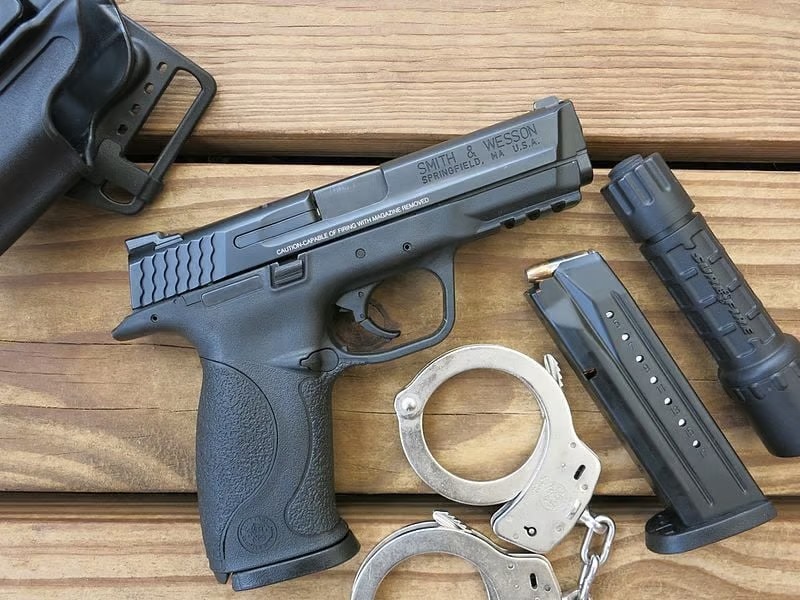
Founded in 1852, Smith & Wesson is a cornerstone of the American firearms industry. Headquarters: Maryville, Tennessee (relocated from Massachusetts in 2023). Best known for its revolvers and the M&P (Military & Police) series of pistols, the company serves both civilian and law enforcement markets. In recent years, the company has shifted to focus more on its core firearms business after spinning off its outdoor products division. Publicly Traded (NASDAQ: SWBI). One of the most iconic American gun manufacturers, Smith & Wesson is known for its handguns, particularly revolvers and semi-automatic pistols. Products: M&P Series (Military & Police semi-automatic pistols). Performance Center handguns. AR-style rifles and tactical rifles. Recent Moves: In 2020, the company separated its firearms business from its outdoor products division (American Outdoor Brands). In 2023, they moved manufacturing and headquarters to Tennessee due to tightening gun laws in Massachusetts.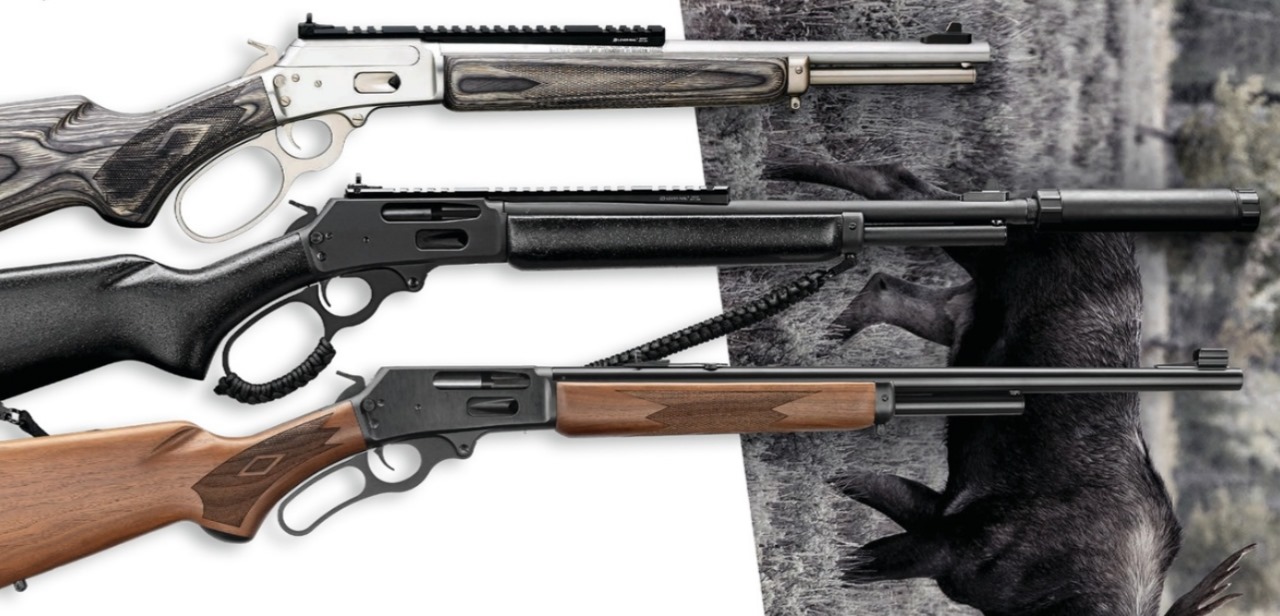
Ruger, founded in 1949, Headquarters: Southport, Connecticut is one of the largest gun manufacturers in the U.S. The company offers a wide range of firearms including rifles, pistols, and revolvers aimed primarily at the civilian market. Ruger's models such as the 10/22 rifle and the LCP handgun are among the best-sellers in their categories. Publicly Traded: (NYSE: RGR). Known for offering reliable and affordable firearms, Ruger is a leader in the U.S. consumer firearms market. Products: Ruger 10/22 (one of the best-selling .22 rifles). Ruger American Rifle. LCP and LC9 pistols. Mini-14 rifles Manufacturing Locations: Facilities in New Hampshire, North Carolina, and Arizona. Reputation: Strong among hunters, sports shooters, and concealed carry users for durability and simplicity.

Although originally Swiss-German, SIG Sauer's U.S. branch has become one of the most important arms suppliers to the American military. U.S. Headquarters: Newington, New Hampshire. The SIG P320 (designated M17 and M18) was selected as the new standard-issue sidearm for the U.S. Army, replacing the Beretta M9. SIG also sells premium handguns and rifles to civilian consumers. Originally German-Swiss, Sig Sauer's U.S. division has become the brand’s most dominant arm, producing most of its global output. Products: P320 pistol (adopted as the U.S. Army's M17/M18). SIG MCX and MPX rifles. Optics, suppressors, and ammunition. Military & Law Enforcement: Significant contracts with U.S. Armed Forces, including modular handguns and next-gen weapons. Note: Sig Sauer Inc. in the U.S. operates almost independently and is now considered the de facto flagship of the brand.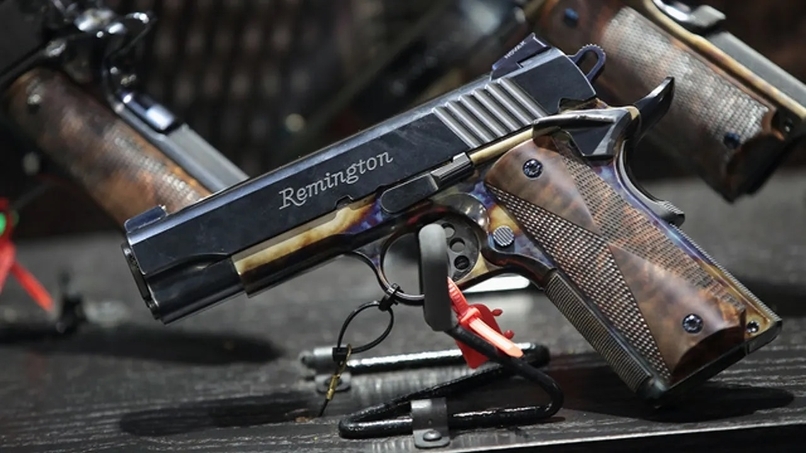
Founded: 1816. Headquarters: Previously in Ilion, New York (current assets now split). Status: Formerly bankrupt; broken up in 2020. Current Status: RemArms resumed production in 2021 but is still re-establishing its position in the market. Once the oldest U.S. gunmaker, Remington went through bankruptcy and emerged under new ownership. Its firearms division now focuses on core products like the Remington 700 rifle and 870 shotgun, which are popular with hunters, sport shooters, and law enforcement. One of the oldest American firearms companies, Remington went through financial turmoil and filed for bankruptcy twice (2018 and 2020). Reorganization: Remington's assets were sold off: Remington Ammunition was acquired by Vista Outdoor (Federal, CCI, etc.). RemArms (firearms division) was sold to Roundhill Group LLC. Products: Remington 870 shotgun (iconic pump-action). Remington 700 bolt-action rifle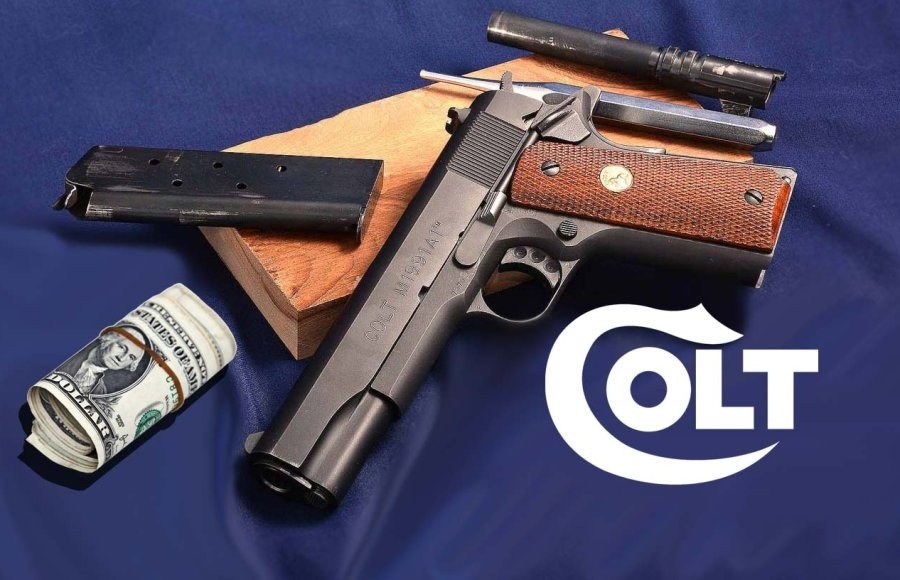
Founded: 1855 Headquarters: West Hartford, Connecticut. Ownership: Acquired by Czech company Česká zbrojovka Group (CZG) in 2021. Known for the iconic M1911 pistol and M4 carbine, Colt has deep military roots. Despite financial struggles, Colt remains a key defense contractor while also marketing its rifles and handguns to civilians. Famous for the Colt 1911 pistol and the M16 rifle platform (used by the U.S. military). Military History: Long history of supplying sidearms and rifles to the U.S. military. Current Focus: Colt continues to serve both civilian and law enforcement/military sectors, now benefiting from CZG’s global distribution. Products: Colt M1911 and derivatives. AR-15-style rifles. Single Action Army revolvers (cowboy-style)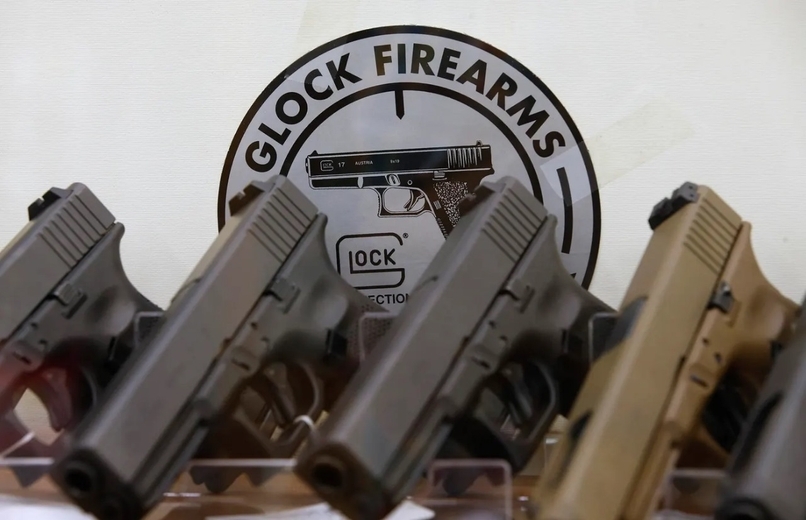
U.S. Operations Established: 1985. Headquarters: Smyrna, Georgia Parent Company: Glock Ges.m.b.H. (Austria). Though headquartered in Austria, Glock's American subsidiary plays a major role in the U.S. market. Glock pistols, especially the Glock 17 and 19, are widely used by law enforcement agencies and civilians for self-defense and concealed carry. Glock revolutionized the handgun market with its polymer-framed, striker-fired pistols. Over 65% of U.S. law enforcement agencies use Glock pistols. While many pistols are imported from Austria, Glock USA manufactures some models domestically for U.S. markets and military contracts. Known for reliability, simplicity, and widespread global adoption. Products: Glock 17, 19, 43, 26 (9mm). Gen5 and MOS (Modular Optic System) variants
Market Segments: Civilian vs. Military
Civilian Firearms: The civilian market comprises handguns, hunting rifles, shotguns, and semi-automatic tactical rifles. Top sellers include Glock pistols, the Ruger 10/22 rifle, Smith & Wesson M&P series, and Remington 870 shotguns. These firearms are used for personal defense, sport shooting, and hunting.
Military & Law Enforcement: Military-grade firearms typically include select-fire rifles, precision sniper systems, and sidearms. U.S. forces use the SIG Sauer M17/M18, Colt M4A1, and Remington M24. Law enforcement agencies often prefer Glock 19s, SIG P320s, and Smith & Wesson M&P pistols.
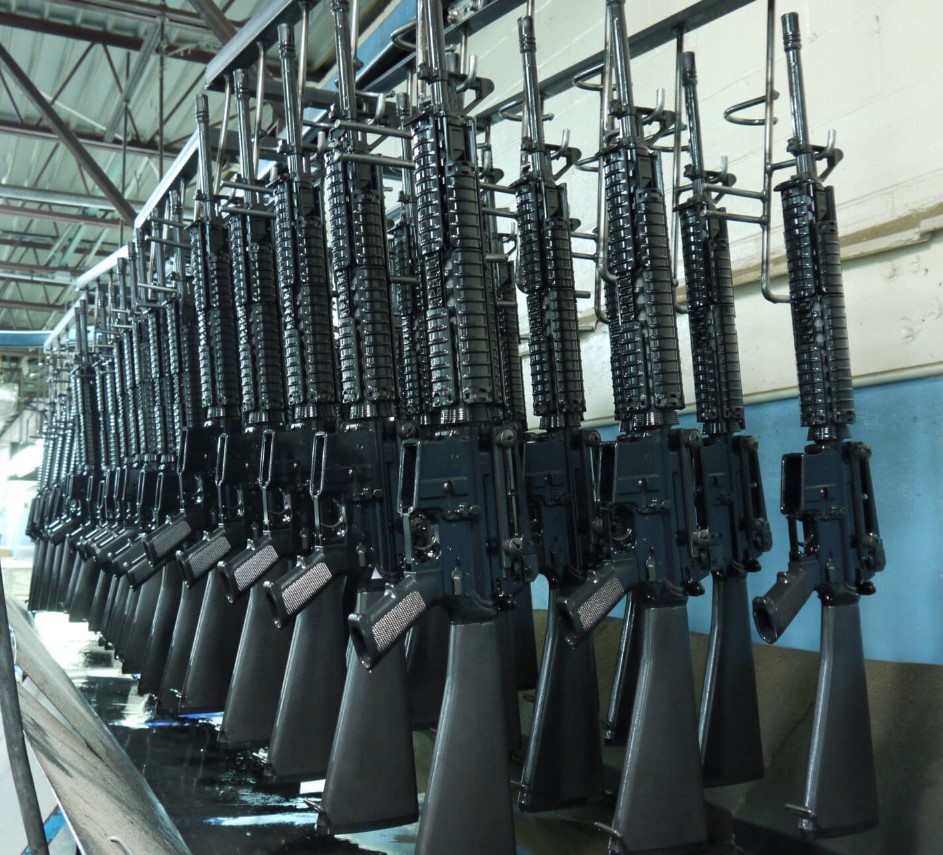
1. United States. The U.S. is the world’s largest gun manufacturer and exporter. The U.S. is both the largest manufacturer and exporter of small arms and military-grade weapons globally. Key Companies: Lockheed Martin, Raytheon, Northrop Grumman (military); Smith & Wesson, Ruger, SIG Sauer USA (civilian). Exports: Firearms, ammunition, fighter jets, missiles. Major Buyers: Saudi Arabia, Japan, Australia, South Korea, UAE. Civilian Arms Sales: The U.S. also has the world's largest domestic market for civilian firearms. Average Export Sale Value (military arms): ~$10,000 to $5 million per unit (depends on system; e.g., M4 rifle vs. F-35 parts). Civilian Firearms Average: ~$300–$1,000 per unit.
2. Russia. Historically second in global arms exports, Russia produces a wide range of military and small arms. Key Companies: Kalashnikov Concern, Rosoboronexport. Exports: AK rifles, tanks, fighter jets (e.g., Su-35), missile systems (S-400). Major Buyers: India, China, Algeria, Vietnam, Egypt. Distribution: Often linked to defense pacts or geopolitical influence. Average Sale Value (military): $1,000 (AKs) to multi-million dollar systems. Challenges: Western sanctions have disrupted exports in recent years.
3. China. China is rapidly growing in arms manufacturing and exports, especially in Asia and Africa. Key Companies: Norinco, AVIC, CSIC. Exports: Small arms, drones, naval ships, missiles. Major Buyers: Pakistan, Myanmar, Thailand, African nations. Distribution: Often bundled with infrastructure or trade deals. Average Export Value (military): $1,000 to $10 million+ (drones, vehicles, systems).
4. Germany. Known for precision and high-quality engineering in firearms and defense equipment. Key Companies: Heckler & Koch, Rheinmetall, SIG Sauer (origin). Exports: Small arms, tanks (Leopard 2), artillery. Major Buyers: EU nations, South Korea, Qatar, Indonesia. Average Sale Price: Firearms ~$1,000+; heavy systems tens of millions. Controls: Germany enforces strict arms export controls, especially to conflict zones.
5. France. France is a major player in aerospace and defense exports, including arms. Key Companies: Dassault, Thales, Nexter, MBDA. Exports: Firearms, Rafale jets, armored vehicles. Major Buyers: India, Egypt, Qatar, UAE. Average Sale Value: High-ticket arms packages, often $100M+ per deal. Distribution Strategy: Often through long-term military cooperation agreements.
6. Italy. Overview: Italy exports both small arms and larger defense platforms. Key Companies: Beretta (civilian/military firearms), Leonardo (military systems). Exports: Handguns, rifles, helicopters, naval equipment. Major Buyers: U.S., UAE, India, European partners. Average Firearm Sale Price: $500–$1,500 (Beretta pistols/rifles). Military Systems: $1M to $50M+ depending on platform.
Major global buyers include the U.S., India, Saudi Arabia, Australia, and Egypt. While military contracts drive large volume exports, civilian markets are significant in countries like Canada, Switzerland, and the Czech Republic.

Distribution & Sales Channels: Government-to-Government (G2G): FMS (Foreign Military Sales) and direct commercial sales. Trade Shows: Like SHOT Show (U.S.), IDEX (UAE), Eurosatory (France). Licensed Manufacturing: Some countries (e.g., India, Saudi Arabia) build under license. Online / Retail (Civilian): U.S. is dominant in this model; other countries restrict civilian gun sales.
Countries with regulated but legal civilian gun markets include: United States (most permissive). Canada, Czech Republic, Switzerland, Finland, Philippines, South Africa, and Germany.
These nations allow ownership with varying degrees of licensing, registration, and background checks. Here’s a detailed breakdown of countries that allow civilian gun sales, focusing on the legal status, market size, regulations, and types of guns allowed. Civilian gun laws vary widely, from permissive in some nations to highly restrictive in others.
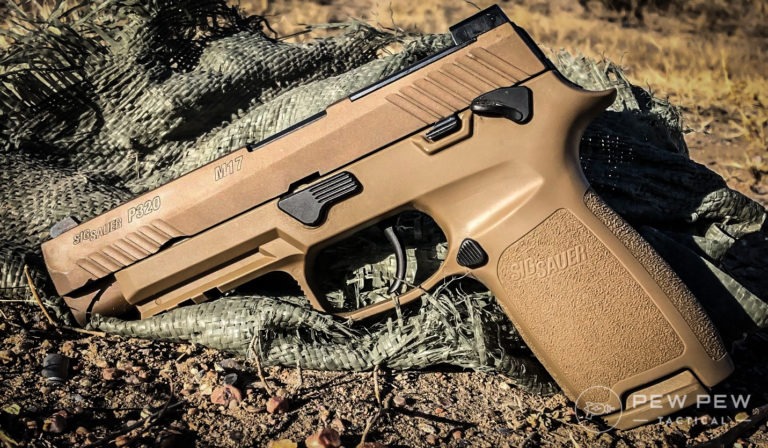
1. United States. Legal Status: Extremely permissive. Ownership Rate: ~120 guns per 100 people (highest in the world). Market Size: Over 400 million firearms in circulation. Sales Channels: Gun stores, online dealers, gun shows Regulations: Federal background checks (NICS). Varies by state (e.g., open carry in Texas, strict laws in California). No national gun registry. Types Allowed: Handguns, rifles, shotguns, semi-automatics (varies by state)
2. Canada. Legal Status: Regulated but permitted. Ownership Rate: ~35 per 100 people. Regulations: Firearms License (PAL). Background checks, safety training required. Handguns and semi-automatics classified as “restricted” New handgun sales frozen as of 2022. Types Allowed: Bolt-action rifles, shotguns, restricted handguns.
3. Switzerland. Legal Status: Permissive but regulated. Ownership Rate: ~27 per 100 people. Military Tradition: Citizens can keep service rifles post-conscription. Regulations: Permit required for most purchases. Must pass background and safety checks. Types Allowed: Rifles, pistols, and ex-military weapons (with permit).
4. Finland. Legal Status: Regulated civilian gun market. Ownership Rate: ~32 per 100 people. Regulations: License required for each gun. Hunting and sport shooting are main reasons. Handguns allowed with stricter rules. Types Allowed: Hunting rifles, handguns, shotguns.
5. Australia. Legal Status: Strict post-1996 reforms. Ownership Rate: ~14 per 100 people. Regulations: Must have a “genuine reason” (not self-defense). Mandatory background checks, safety training, and storage. Types Allowed: Hunting rifles, shotguns; handguns allowed under sport shooting rules.
6. Germany. Legal Status: Strict but possible. Ownership Rate: ~19 per 100 people. Regulations: Gun ownership requires a license. Valid reasons include hunting, sport shooting, collecting. Handguns permitted with sport or security purpose. Types Allowed: Hunting rifles, pistols, air guns, with restrictions
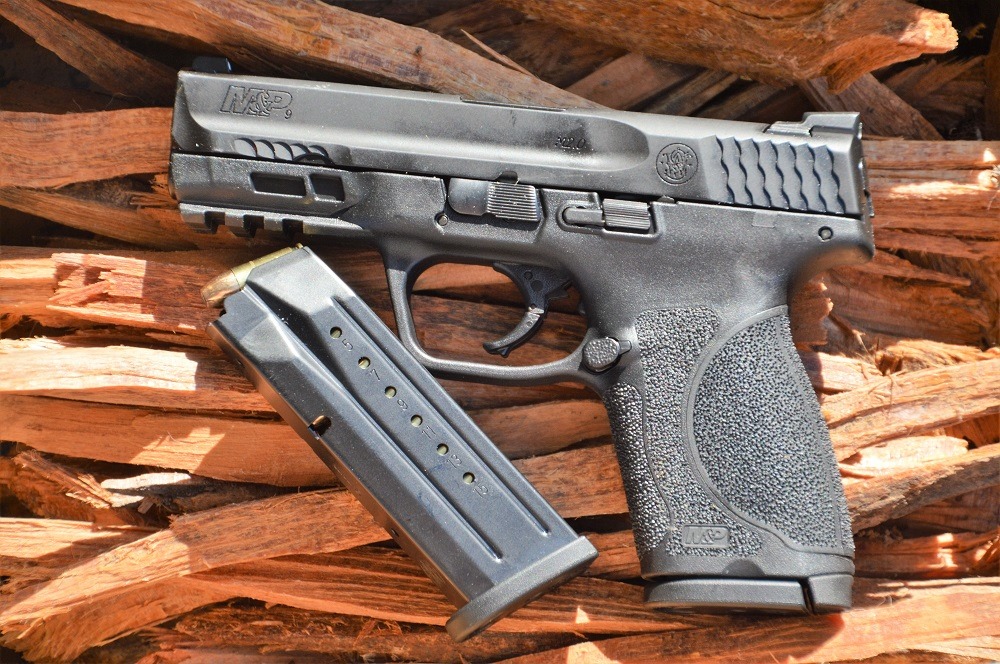
America's gun industry is a complex ecosystem serving both a passionate domestic civilian base and global military and police agencies. Dominated by legacy names like Smith & Wesson, Ruger, and Colt, the market is evolving with innovations from companies like SIG Sauer and Glock USA. Understanding the scope and structure of this industry is critical for anyone interested in defense economics, manufacturing, or public policy.
Sources: Company websites (Smith & Wesson, Ruger, SIG Sauer, Remington, Colt, Glock), ATF and U.S. Defense data, NSSF reports, Small Arms Survey, SIPRI, Jane’s Defence Weekly, and international firearm law databases.